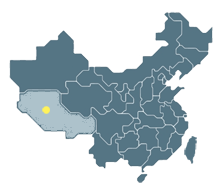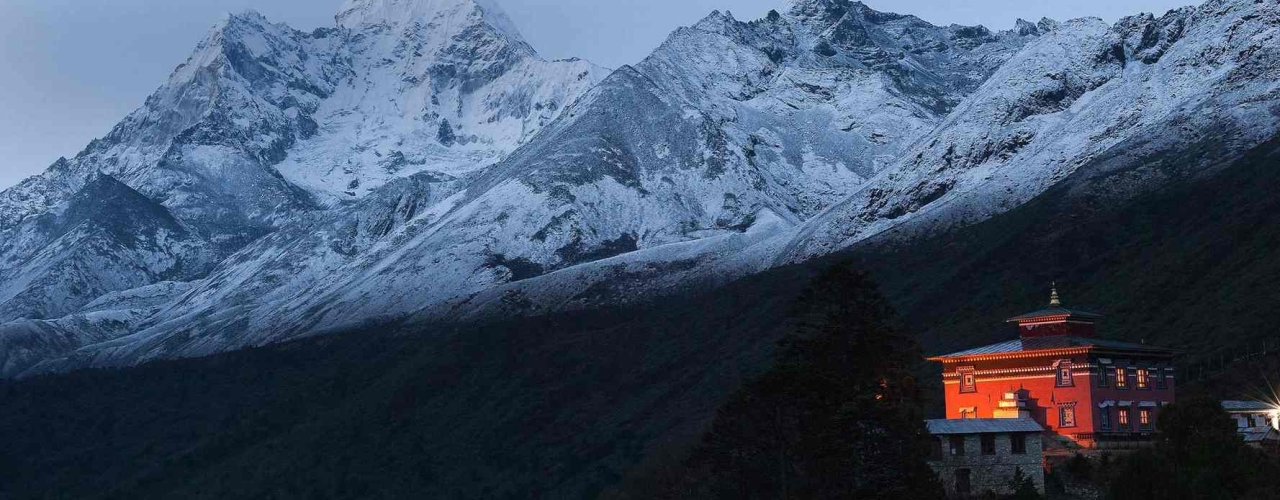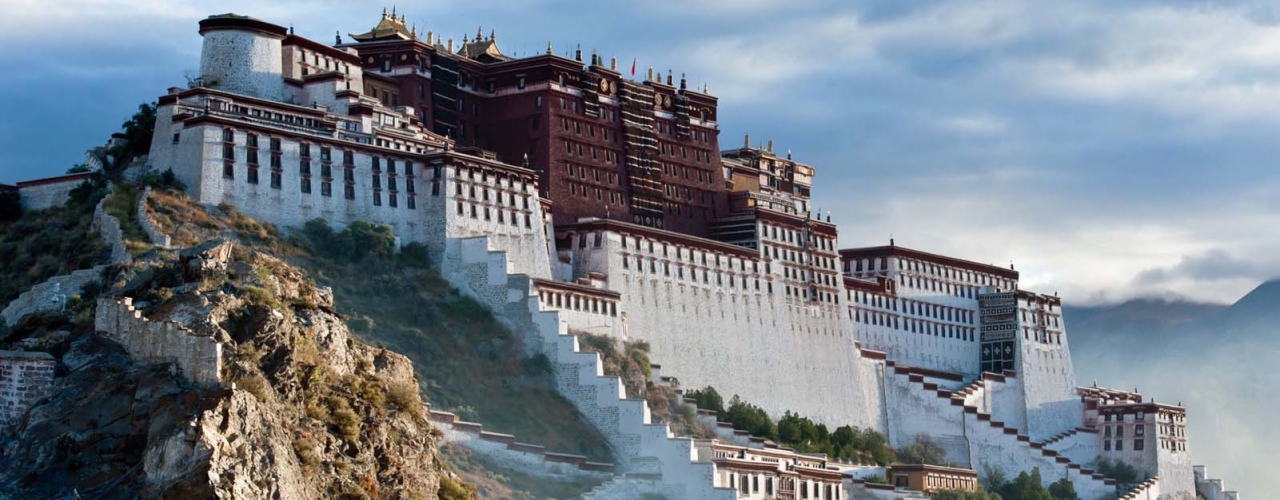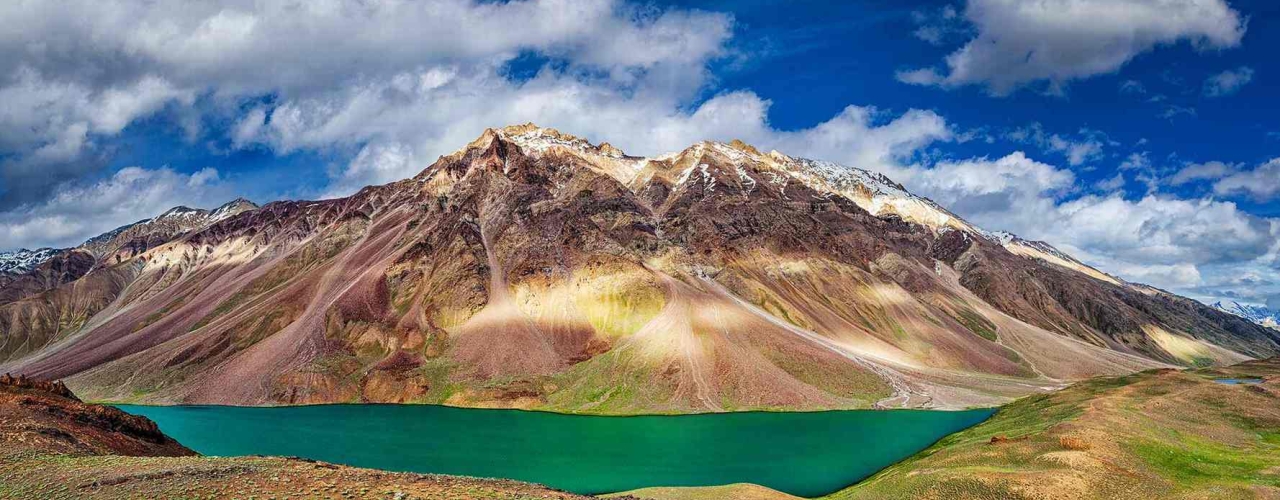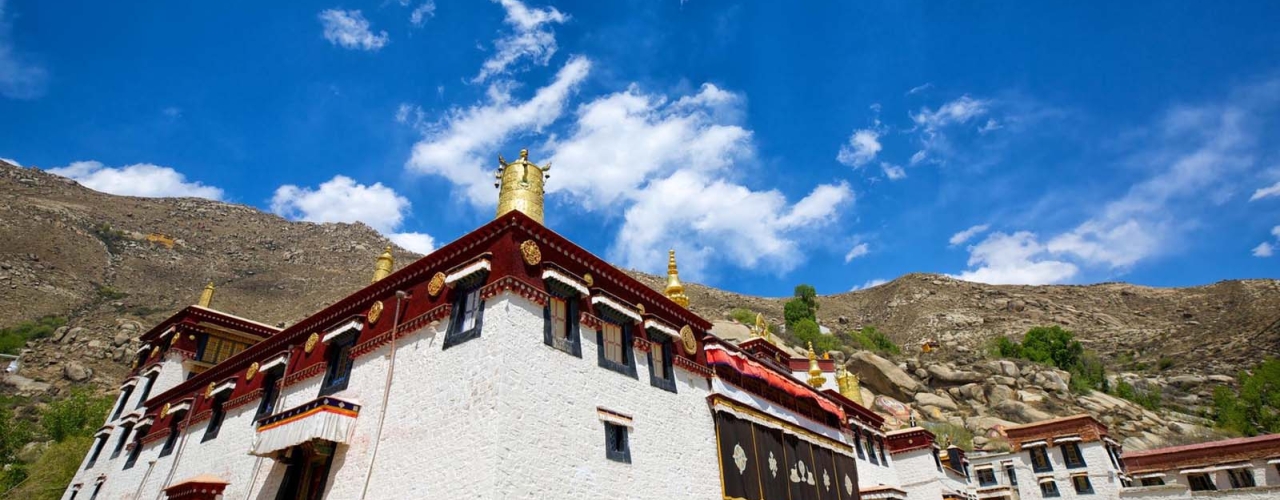Truly on the "roof of the world", Tibet has an average altitude of over 4,000 meters (13,200ft) and is situated on a massive plateau beside the mighty Himalaya and some of the world highest mountains. This gives much of Tibet a bleak but dramatically beautiful landscape. For those Tibetans who follow the traditional nomadic life of herding cattle and yaks, life can be battle against nature at its most harsh. The valleys in southern Tibet are more hospitable and it is here that the major cities and towns are located. Over 1,000 years ago the Tibetans embraced Buddhism and developed a distinctly Tibetan version that incorporated some elements of shamanism and animism from their former faith of Bon. This unique all pervading religion, combined with its geographical isolation has had profound influences on Tibet architecture, art, culture and history. Tibet’s capital Lhasa has some wonderful examples of Tibetan architecture such as the Potala Palace, Jokhang, Barkhor district and Norbulinka. Visitors who travel out of Lhasa may visit other monasteries such as Tashiluhnpo in Shigaste, the city of Gyantse or simply enjoy Tibet’s ethereal landscape.
